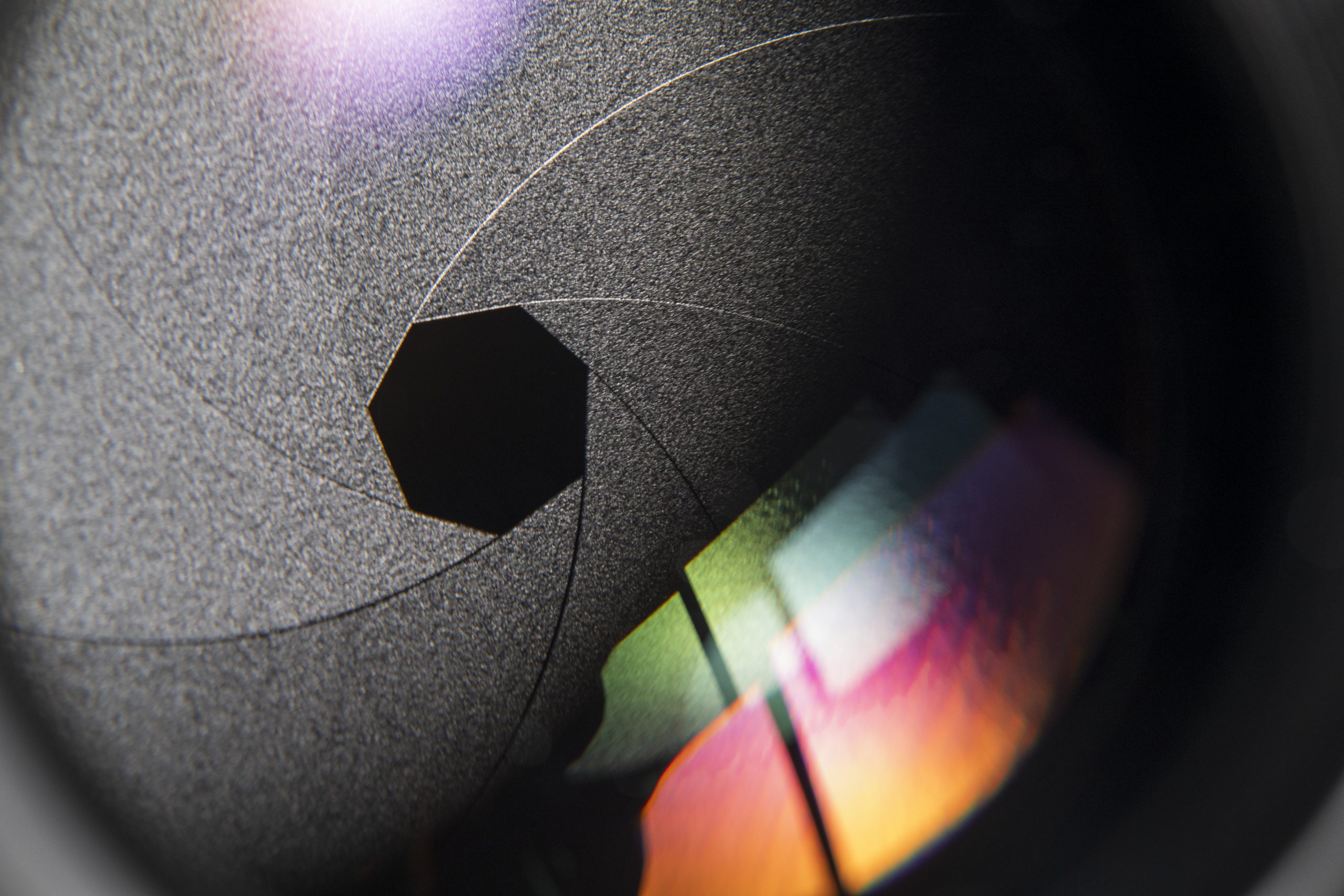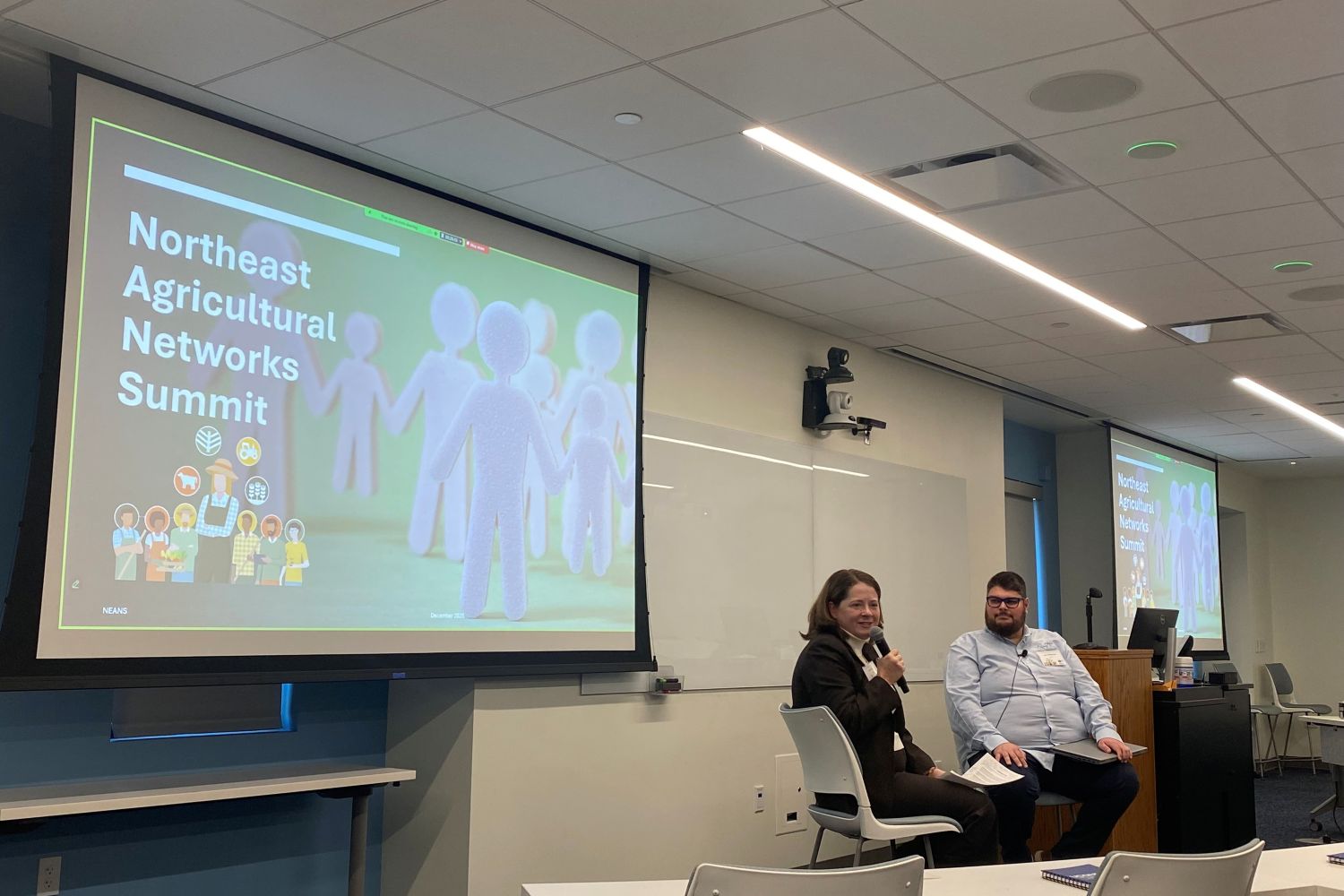During the week of July 15, 2019, the Office of Communications received a phone call from alumna and former staff member Mary Adams, who thought we’d be interested to know about the role of Prof. Alan Kenyon’s laboratory in the Apollo 11 space flight. Ms. Adams is a UConn graduate, having earned a B.S. degree in animal science and an M.S. in pathobiology, then a master of public health degree. On July 20, our Kim Markesich spoke with Ms. Adams.
For Mary Adams, the fiftieth anniversary of the Apollo 11 brought back memories of her work in the lab of the late Alan Kenyon, DVM, Ph.D., professor in the Department of Pathobiology (now the Department of Pathobiology and Veterinary Science).
Kenyon served as a consultant to NASA, funded by a grant to research possible infectious agents on moon rocks brought back to Earth from the mission. The team tested for enzyme and isoenzyme changes that could indicate the presence of pathogens.
“The requirements for the Apollo 11 Lunar Quarantine necessitated a rapid means of detecting subclinical disease,” Adams explains. The team developed a mouse model using four different animal diseases that would reflect a variety of pathogens that could exist on lunar rocks.
Adams helped train Heather Owens, a technician in the lunar receiving laboratory. Owens was later quarantined with the astronauts when she was accidentally exposed to lunar material.
When recalling laboratory procedures in the 1960s, Adams marvels at the changes over the past fifty years. She says, “Back then we conducted research without the use of computers. We didn’t have hand-held calculators or a copy machine. I was taking samples, working on a spectrophotometer, and writing down the results.”
“And we had these little stirring sticks that we would break in half to make them last twice as long,” Adams shares.
Kenyon went to Houston for the landing, assisting NASA scientists. “I think he met Buzz Aldrin,” Adams remarks. “I remember Buzz had a sick dog and because Dr. Kenyon was a veterinarian, we ended up with blood samples from Buzz Aldrin’s dog in our freezer.”
Adams says that as a young lab technician she had no idea that her research was so vital to the nation’s security.
“I am in touch with one of my colleagues from that time, and we were recently discussing that very topic. I don’t think we appreciated the importance of what we were doing,” Adams says. “We had fun, we made lifelong friends, but I don’t think we had any clue that we were working on something that was so important.”
When the grant ended her work at the pathobiology lab, Adams moved to UConn’s Department of Life Sciences, after which she became an epidemiologist for the Connecticut Department of Public Health. She then started Target Health Data LLC, a consulting firm providing health data analysis, where she continues today.


